AIRCRAFT GUIDANCE TOOL
Introduction
- Airborne geophysical surveys present many challenges and risks dependent on the airborne platform utilized in the conduct of the airborne works
- Various aircraft models are available world-wide for use in geophysical applications, where some aircraft are better suited to some conditions than others:
- Fit-for-purpose equipment is a fundamental consideration prior to any safe operations
- Safety in the air begins with planning with the right people and equipment on the ground prior to operations
- Choice of the correct aircraft type / platform for the height and terrain types will aide in overall safer operations across the industry
- The choice of the RIGHT AIRCRAFT for the RIGHT ENVIRONMENT and TASK is paramount to the safety and success of the program. For example, low-level incidents have significant potential for adverse impacts on human life, property damage, and reputational impacts to the industry and operators alike
- There is a belief that decreasing survey height may improve the quality of geophysical data and it is recommended that this be carefully reviewed on a project-by-project basis. Safe survey heights continue to be a cause for concern to the industry, and have manifested in a number of fatal accidents over the years
- The intention is to build upon the information provided in Section 2.1.3 of the Safety Manual (Minimum Safe Survey Height) and provide these to both operators and clients alike for their due diligence and consideration
- The IAGSA Technical Committee have worked collaboratively to build the Aircraft Guidance Tool (AGT) to assist / guide members with aircraft selection for their surveys
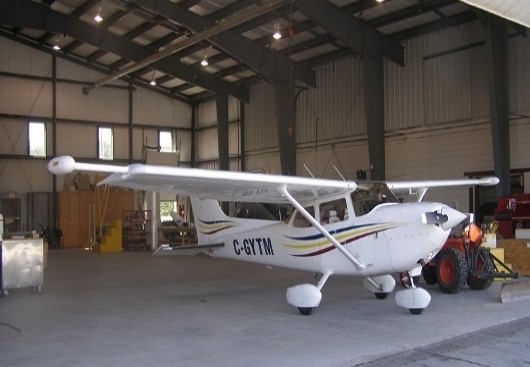
Cessna 172
1956 - 1986
1998 - Present
All-metal, four-place, high-wing airplane, fixed tricycle landing gear.
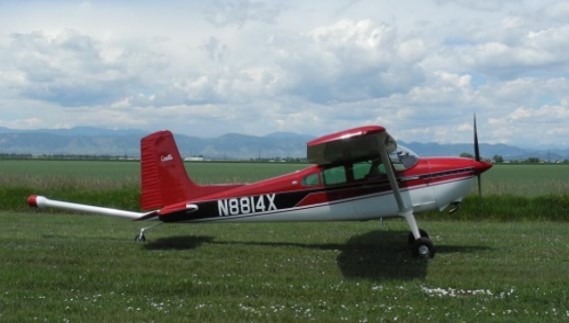
Cessna 180
1956 -1976
The Cessna 180 series is a single-engine high-wing tailwheel all-metal utility monoplane
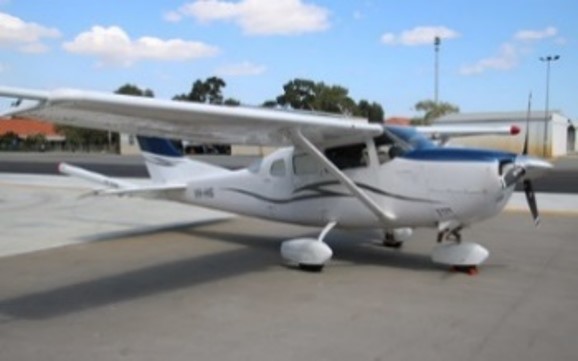
Cessna 206
1962 - 1986
1998 - Present
Single-engine, all-metal, six-place, high-wing (strut braced) airplane, fixed tricycle landing gear.
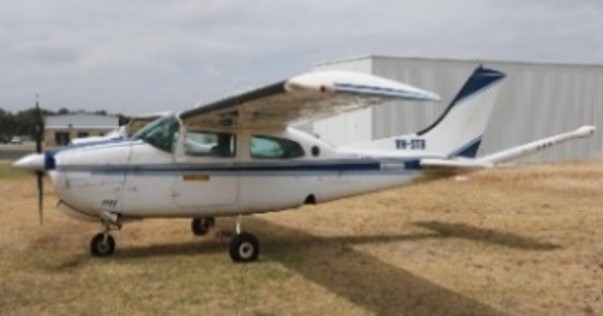
Cessna 210
1957 - 1986
Single-engine, all-metal, six-place, high-wing (cantilever) airplane, Retractable landing gear.
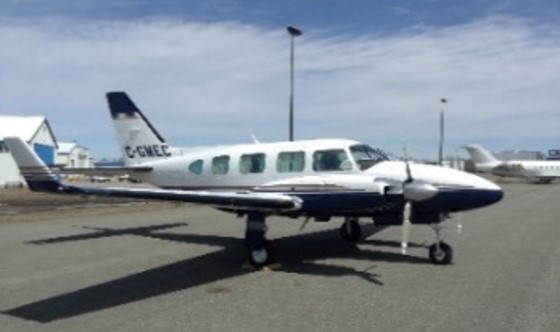
PA-31 Navajo
1967 - 1984
Retractable undercarriage, six- to eight-seat twin-engined corporate and commuter transport aircraft
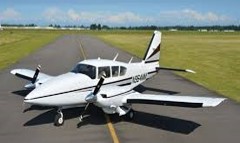
PA-23 Aztec
1952 - 1981
Four-to-six-seat twin-engined light aircraft aimed at the general aviation market
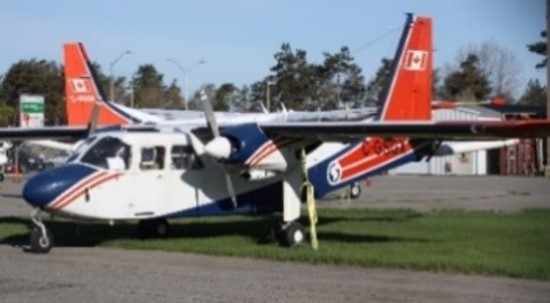
BN2B Islander
1965 - Present
Twin Engine High-wing cantilever monoplane with a rectangular fuselage and fixed tricycle landing gear, used as a light utility aircraft or regional airliner
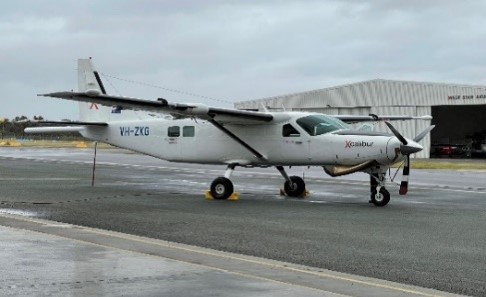
Cessna 208B Grand Caravan
1984 - Present
Turbine Single-engine, all-metal, six-place, high-wing airplane, fixed tricycle landing gear.
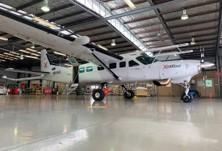
Cessna 208B Supervan
1984 - Present
The conversion uses a flat-rated 900 hp Honeywell engine.
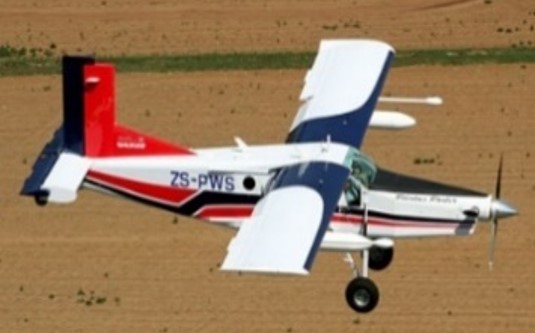
Pilatus Porter PC-6
1959 - 2019
Pilatus PC-6 is designed as a Short Takeoff and Landing (STOL) utility aircraft.
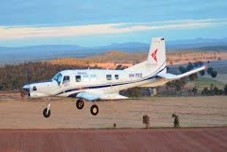
PAC 750
2001 - Present
Utility aircraft low-wing monoplane design with fixed tricycle undercarriage.
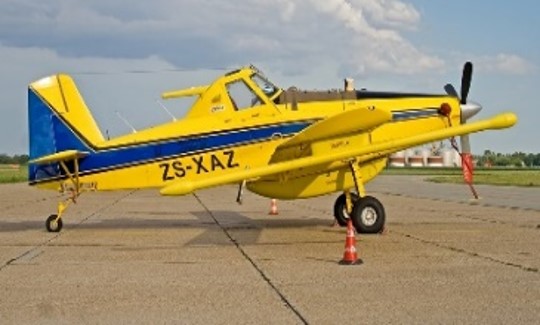
Air Tractor AT502, AT504
1986 - Present
Aircraft made for agricultural, firefighting and a variety of utility applications
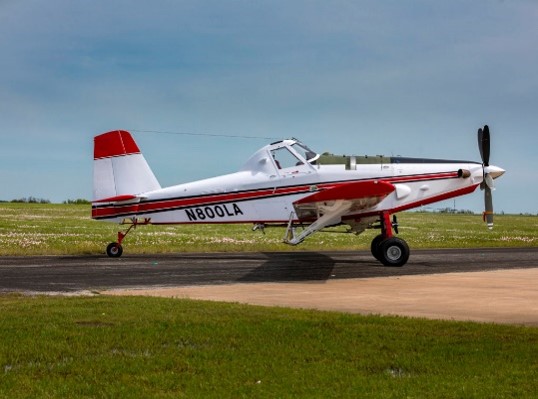
Air Tractor AT802
1986 - Present
Aircraft made for agricultural, firefighting and a variety of utility applications
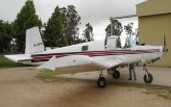
Fletcher FU-24
1954 - 1992
Aircraft made for agricultural, firefighting and a variety of utility applications
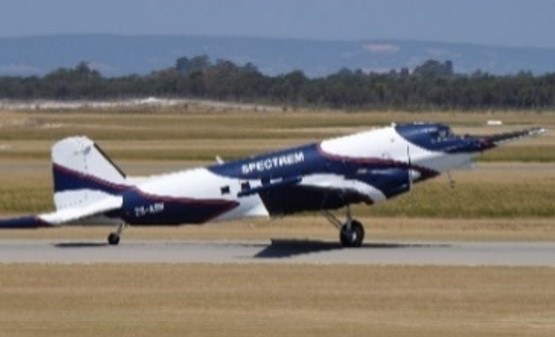
Basler DC3 Conversion
1990 - Present
Extensive remanufacturing process with state-of-the-art components
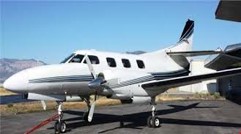
Merlin III
The Merlin III is a 10-11 seater, twin turboprop business aircraft with retractable undercarriage
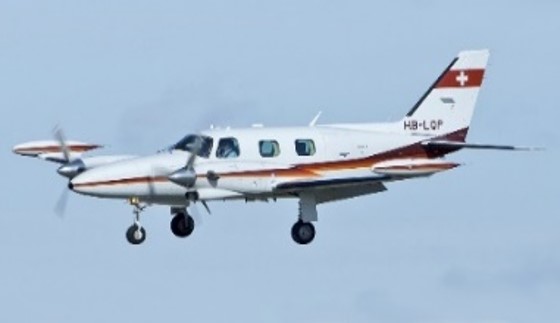
PA-31T Cheyenne
1974 - 1985
6 to 11 seater (model dependent) twin turboprop with retractable undercarriage
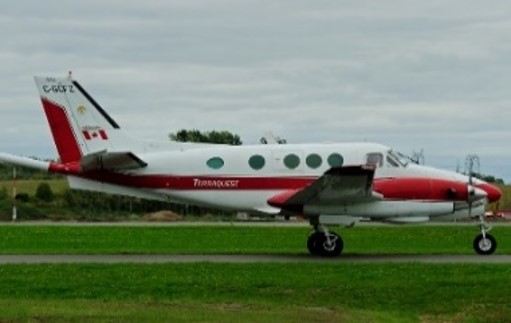
King Air 90
1964 - Present
The Beechcraft King Air is a line of American utility aircraft produced by Beechcraft. The King Air line comprises a number of twin-turboprop models that have been divided into two families. The Model 90 and 100 series developed in the 1960s are known as King Airs
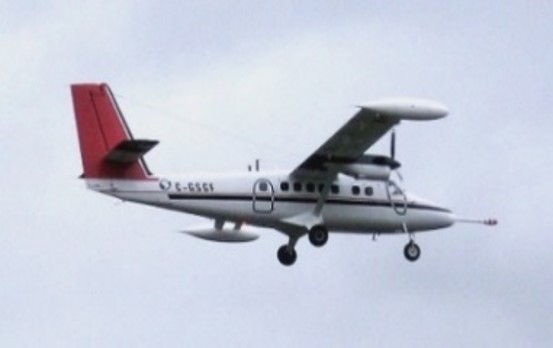
DHC-6 Twin Otter
2008 - Present
1965 - 1988
The DHC-6 Twin Otter aircraft – a high winged, un-pressurized twin engine turbine powered aircraft with fixed tricycle land gear. Designed as a rugged Short Take Off and Landing (“STOL”) commuter, the Twin Otter was capable of carrying passengers and cargo into remote unimproved locations.

Reims F406 Caravan II
1983 - 2013
Twin Engine Turboprop, Non-pressurised, Retrackable undercarriage. Produced by Reims Aviation Industies
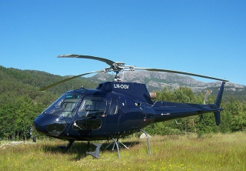
AS350BA
Single turbine-engine light utility helicopter, all-metal, pilot & 6 pax (depending on config)
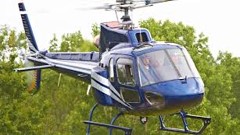
AS 350 B2
1992 - 2010 approximately
Single turbine-engine light utility helicopter, all-metal, pilot & 6 pax (depending on config)
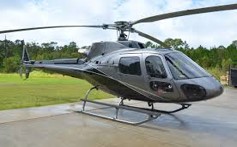
AS350B3 - H125
1997 - Present as H125
Single turbine-engine light utility helicopter, all-metal, pilot & 6 pax (depending on config)
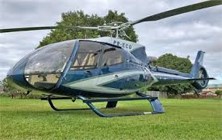
EC 130 B4
1999 - Present
Single turbine-engine light utility helicopter
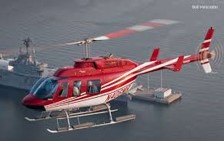
Bell 206 L4
1975 - 2017
Single Turbine-engine light utility helicopter
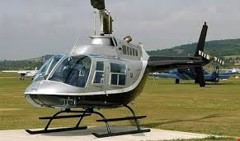
Bell 206 B3
1971 - 2010
Single Turbine- engine light utility helicopter
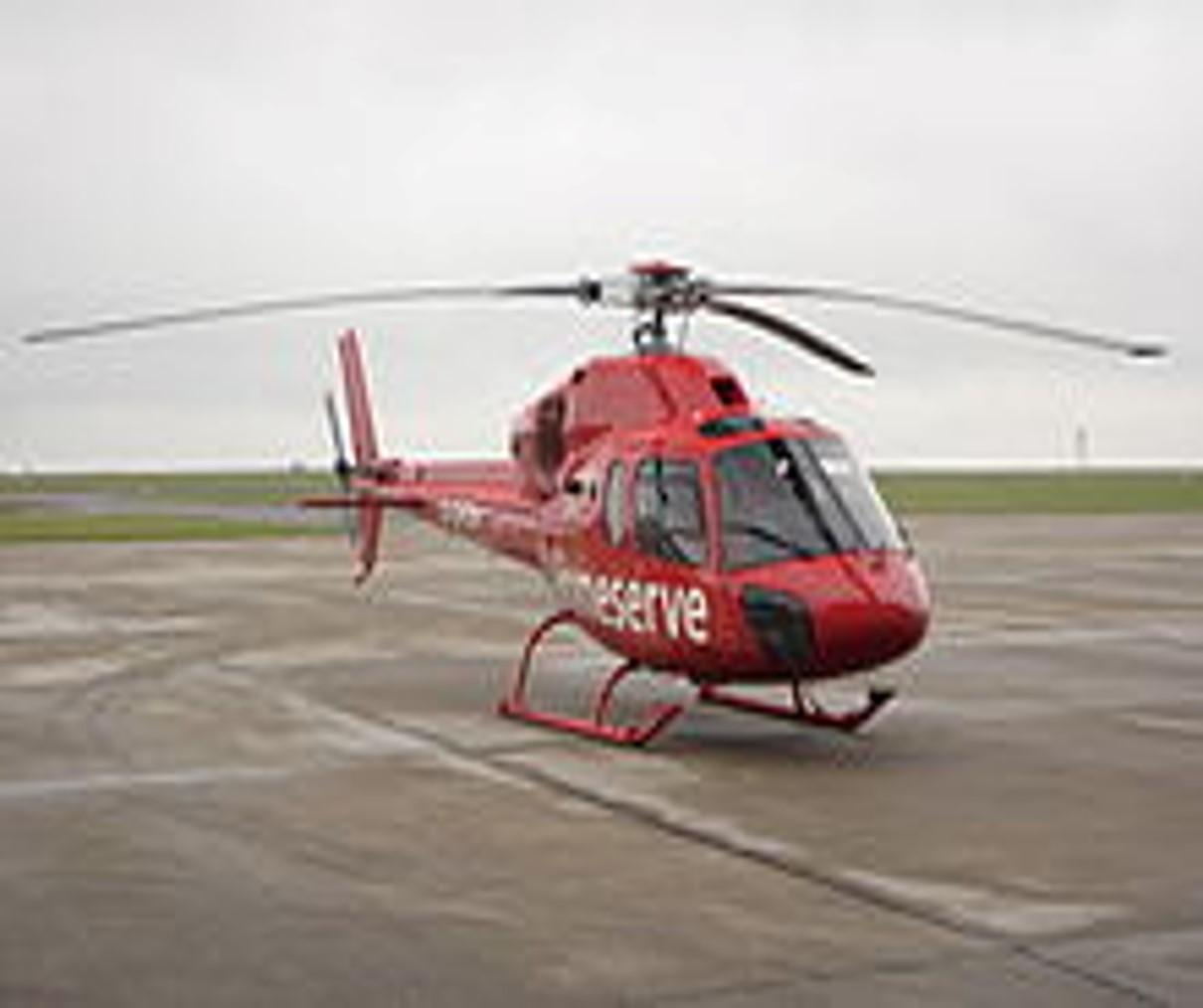
AS 355 NP
1975 - 2016
Twin Turbine-engine light utility helicopter
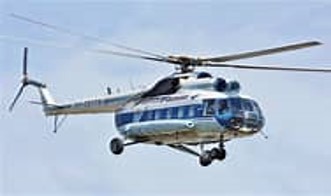
MIL MI-8
1975 - 2016
Twin Turbine-engine Medium utility helicopter
Purpose and Intent
- To provide a tool to aide and guide in the overall risk assessment of, and decision-making process, airborne platform with the key objective to enhance safety in the use of correct platforms.
- Assist and guide end-users (both clients and operators) in making an informed decision of platform capabilities under various survey conditions. This will be done through a review of survey hazards in relation to the platforms and let users make a choice on the most suitable range (grouping) of the platforms available. To educate and guide.
- The most important consideration of this tool is to assist in considering if a survey can be safely flown at the contemplated survey height with a given range of airborne geophysical platforms under specific survey conditions (i.e. terrain condition, elevation, weather, etc…). Members do not need to be reminded of the increased risks associated with low level flying projects.
- This links clearly to the IAGSA mission / values / purpose and raising the profile of the industry more broadly as safe and efficient with the passage of time
- IAGSA TC has generated a summary of most platforms currently used by the industry and present some of the basic characteristics for the user. This provides an additional resource as part of IAGSA safety toolbox in order to conduct safe low-level surveys and build a better understanding of available platforms and capabilities. This drawn upon information available publicly and centralizes it for our members
- It also shows the various platforms used by IAGSA member companies
- All known and current airborne geophysics platforms have been provided within the tool based on OEM specifications and facts – from public and other sources – and consolidated for our membership into a handy ready-reference guidance tool
Legal disclaimer
DISCLAIMER:
End-Users of the Aircraft Guidance Tool (AGT) agree that:
- The International Airborne Geophysics Safety Association (IAGSA) is not under any legal obligation to supply this information to its membership, nor will it have any liability to end-users or of any nature whatsoever with respect to the purpose or interpretation of the AGT;
- IAGSA reserves all of its rights (in its absolute discretion, at any time, and without notice to end-users) in supplying this general information to its membership;
- IAGSA does not accept responsibility for (and any end-user releases IAGSA from any liability in relation to) any interpretation they may place on this information in the AGT, or for any opinion or conclusion that end-users or any of their representatives may form as a result of use of the AGT.
Comments – martin@iagsa.ca